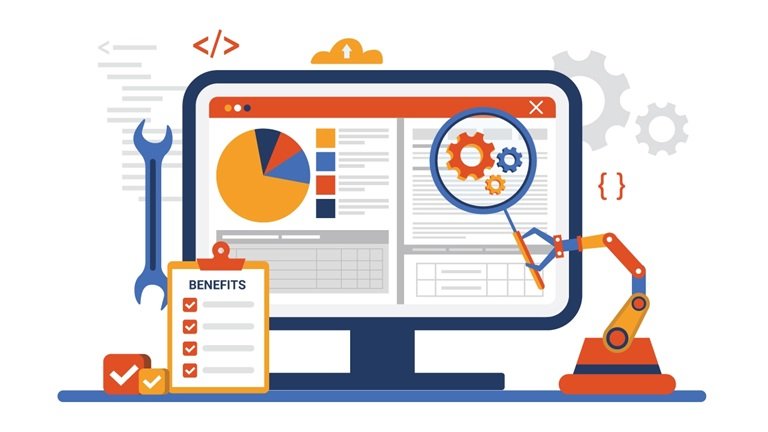Table of Contents
Hello, tech enthusiasts! Today, we’re diving into a crucial aspect of software development that often gets overlooked: automated builds and testing. If you’ve ever wondered why your favorite apps and software work so smoothly, chances are they have a robust automated process behind the scenes. Let’s explore which processes in software development require automated builds and testing and why they are so essential.
Why Automated Builds and Testing Matter
Imagine you’re building a house. You wouldn’t wait until the end to check if the foundation is solid, right? You’d inspect every step along the way. The same principle applies to software development. Automated builds and testing ensure that every piece of code is verified and validated continuously, catching issues early before they snowball into bigger problems.
The Development Process that Requires Automation
- Continuous Integration (CI)Continuous Integration is a practice where developers frequently merge their code changes into a central repository. Each integration triggers an automated build and testing process. This practice helps in identifying integration issues early, making it easier to pinpoint which changes introduced a problem.
- Real-life example: Think of a large-scale project like an e-commerce platform. Developers are constantly adding new features, fixing bugs, and improving performance. Without CI, integrating these changes would be a nightmare, leading to a broken build more often than not. With CI, every change is tested automatically, ensuring the platform remains stable and reliable.
- Continuous Delivery (CD)Continuous Delivery takes CI a step further. Once the code passes all the automated tests, it is automatically prepared for release. This doesn’t mean every change is immediately deployed, but it ensures that the code is always in a deployable state.
- Real-life example: Consider a popular app like Instagram. Frequent updates are a norm here, from new features to security patches. Continuous Delivery ensures that any change that passes the CI phase is ready to be deployed, allowing Instagram to release updates swiftly without compromising on quality.
- Test-Driven Development (TDD)Test-Driven Development is a methodology where developers write tests before writing the actual code. This might sound backward, but it ensures that the code written meets the desired requirements from the get-go. Automated testing is a cornerstone of TDD, verifying that the code meets all specified criteria.
- Real-life example: In a mission-critical application, like medical software, TDD ensures that every function meets the stringent requirements before being integrated into the larger system. This reduces the risk of bugs that could have severe consequences.

Benefits of Automated Builds and Testing
- Early Bug Detection: Catching bugs early in the development process is cheaper and easier to fix. Automated testing provides immediate feedback on the quality of the code, allowing developers to address issues right away.
- Consistent Quality: Automated tests run consistently and uniformly, ensuring that code changes do not introduce new bugs or break existing functionality. This consistency is vital for maintaining high software quality.
- Faster Development Cycles: With automated builds and testing, the feedback loop is significantly shorter. Developers can get instant insights into the impact of their changes, leading to faster iterations and more efficient development cycles.
- Reduced Manual Effort: Automation reduces the need for manual testing, freeing up QA engineers to focus on more complex test scenarios that require human intervention.
Tools for Automated Builds and Testing
- Jenkins: A popular CI/CD tool that supports building, deploying, and automating tasks.
- Travis CI: An open-source CI service used to build and test projects hosted on GitHub.
- Selenium: A tool for automating web browser interactions, widely used for web application testing.
- JUnit: A testing framework for Java applications, supporting test-driven development.
Conclusion
Automated builds and testing are not just buzzwords; they are essential practices that ensure the smooth and reliable development of software. Whether it’s through Continuous Integration, Continuous Delivery, or Test-Driven Development, automation plays a pivotal role in modern software development.
By integrating these practices, teams can maintain high-quality standards, detect and fix issues early, and accelerate their development cycles. So next time you enjoy a seamless app experience, remember the robust automation processes that made it possible.
Happy coding!




2 Pingbacks